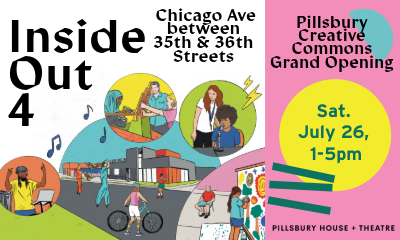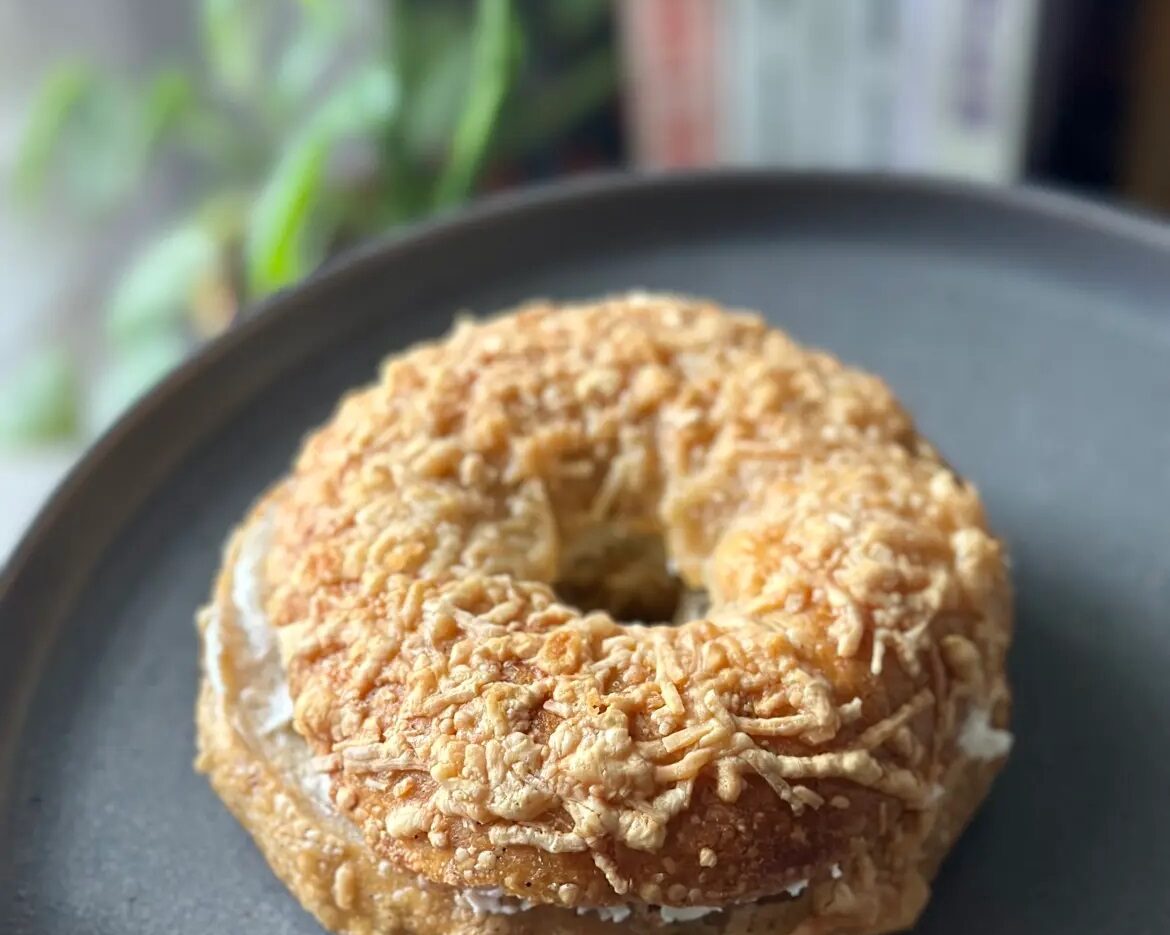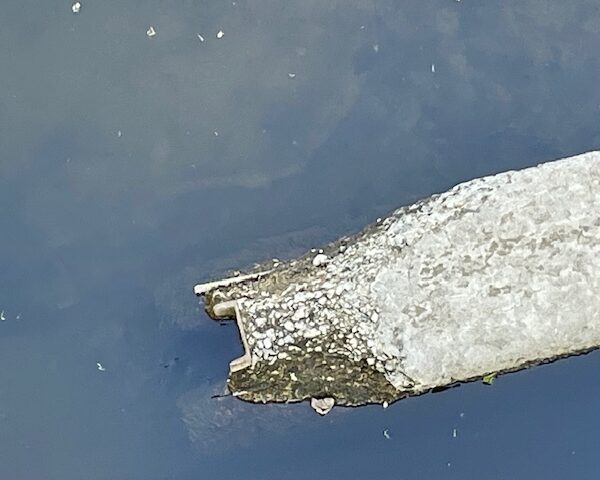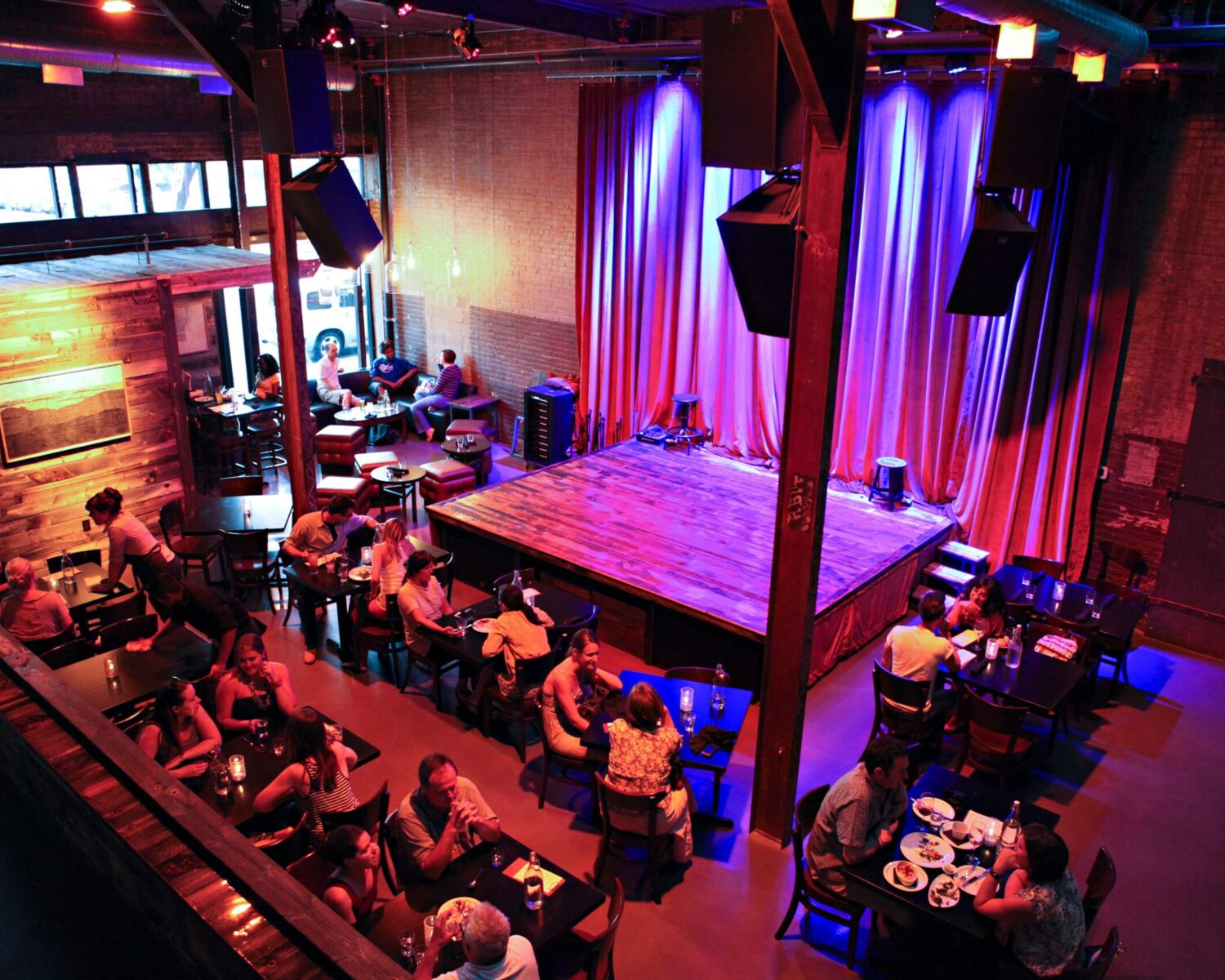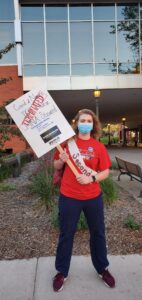 BY ELAINE KLAASSEN
BY ELAINE KLAASSEN
Instead of spending their day-off on desperately needed rest and self-care, Twin Cities nurses staged an informational picket in front of United Hospital in St. Paul, demanding “nurse protections” and protesting “United’s retaliation against workers for trying to protect themselves from the COVID-19 virus.” In the early evening of May 20, they were at the hospital with picket signs, after which they marched to the Capitol for a program. This was not a strike. All of the participating health care workers were off duty. Representatives of the Service Employees International Union (SEIU) were there too.
At the Capitol, about 15 nurses spoke about the sense of danger and vulnerability they encounter in their work during the pandemic. The specific reasons they cited: 1) They lack necessary personal protective equipment (PPE); 2) They are treated with disdain and disrespect by corporate hospital management; and 3) In some hospitals, at least at United, not all patients admitted to the hospital are tested for COVID-19. Mary C. Turner, president of the Minnesota Nurses Association (MNA), introduced the speakers, and Jean Pearsall, president of the national nurses’ union, spoke.
There has already been a lot of news coverage about the lack of PPE for health care workers. Turner has spoken on practically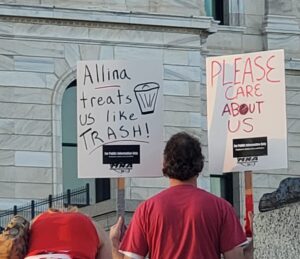
every TV station. The public already knows, and there should have been public and political will to find a solution. But that hasn’t happened. Hence the event at United Hospital on Wednesday.
The purpose of the picket was also to show solidarity with Cliff Willmeng, an Emergency Department nurse at United, and Monica Norberg, a neuro intensive care unit (ICU) nurse at United, for trying to protect themselves against the coronavirus. On May 8, Willmeng was fired for wearing hospital-issued scrubs meant only for certain staff because he felt it was too dangerous for the community and his family if he brought his scrubs home to launder.
United Hospital, part of the Allina health system, says supplies are limited and the hospital needs to hang on to the hospital-issued scrubs in case of a surge in COVID cases.
Norberg was terminated at United on May 19. She was fired for refusing to do her online education in the building. She said she didn’t want to be on the computer near the COVID unit due to increased-exposure concerns, so she went home and did it on her home computer.
On Tuesday, May 19, several nurses and the Minnesota Hospital Association testified before the Minnesota House Select Committee on Minnesota’s Pandemic Response and Rebuilding to state their concerns about the allocation of personal protective equipment (PPE), and about hospital discipline and retaliation against those who speak up.
On Wednesday, May 13, Gov. Walz issued Emergency Executive Order 20-54 “protecting workers from unsafe working conditions and retaliation during the COVID-19 peacetime emergency.”
I spoke with a cardiac ICU nurse, whose unit is now all COVID patients, the majority intubated and on ventilators. In her unit they have a shortage of everything, including N95 masks. The “solution” for the shortage is this: She (and the other health care workers in ICUs) is issued three N95 masks for her next 30 12-hour shifts. ICU nurses are expected to use the first mask for one entire 12-hour shift. The next day they use their second mask for the entire shift and the third day they use their third mask for the entire shift. Then they have a day or two off to air out their masks and when they go back to work, they use the same three masks again in the same way, etc., until each one has been used for 10 shifts.
She told me, “the general principle of infection control used in hospitals throughout the country is to use one set of PPE (whether it be gown, mask, respirator, shoe covers, etc.) per patient encounter, when caring for patients with infectious diseases. That way, we discard everything at the door when we leave the room and know with certainty the disease is contained within the patient’s room.”
Now, with COVID, if nurses were given enough masks to follow that protocol, they would use maybe 10 – 15 per shift per worker. But they are each given one.
Nurses working with COVID patients outside of ICUs don’t get N95s at all. They have been mocked by their managers when they’ve brought their own. These are the nurses who are getting sick.
Hospitals say they have to hold back on the Personal Protective Equipment (PPE) so that it won’t be gone by the time the pandemic reaches its peak. My question is: If they are planning to bring out the PPE when the peak hits, will it be used the way it’s supposed to be used or will it continue to be rationed as it is now?
The young nurse I spoke with posted the following on Facebook (updated for this article):
“I am writing this to inform my social circle that we hospital workers definitely do not have enough gear to keep us, and therefore, the public, safe from spreading germs. I don’t know what to do about it other than tell everyone, including political and hospital leadership. Go ahead and share it if you think it will help solve the problems described.
“When hospital workers work with patients who have infectious diseases, we’re supposed to follow a process like this video displays.https://www.youtube.com/watch?v=nS00pPC1NZE&t=206s
“As of this week, most of the hospitals in the Twin Cities (from what I’ve heard from friends), including my hospital (that is, I am being asked to do this), have started requiring us to reuse gowns.
“Reusing gowns is ineffective infection prevention. Clearly, if you watch this video and imagine having to take off and put back on the gown without getting the clean side contaminated with the dirty side, it is very easy to see where mistakes will and have been made.
“My hospital uses laundered gowns (water resistant cloth that is supposed to get discarded after single use), but we are not being told WHY we have to reuse—whether it is a laundry problem, or a cost problem, etc.
“We have also been reusing masks and PAPR [Powered Air-Purifying Respirator) hoods for about a month. We are now being told that we need to share PAPR hoods amongst workers. We do not even have enough PAPR machines for us all to use one at one time. [The hoods hook up to air-filter machines worn around the waist.]
“We definitely do not have enough staff to have ‘trained observers’ watching anyone put on and take off the gear. We have not been provided with the budget for any extra staff, even though all of our patients on my floor are COVID-19 patients requiring full barrier protection for workers. It’s a very time-consuming process to put on and take off all this gear and then carefully hang it on hooks to be reused. I think that reusing defeats the purpose of having these protections.
“Personally, I feel gross and fully contaminated every time I walk out of work.
“I come home and take a full shower. I don’t use my car for a few days after working, or I consider everything that’s touched my driver’s seat ‘contaminated.’
“I feel like we health care workers, every time we leave the hospital, could be spreading this virus to the public.
“I am in contact daily with union and non-union hospital workers throughout the metro, who generally all report the same shortages and reuse policies as I see in my daily work life.”



